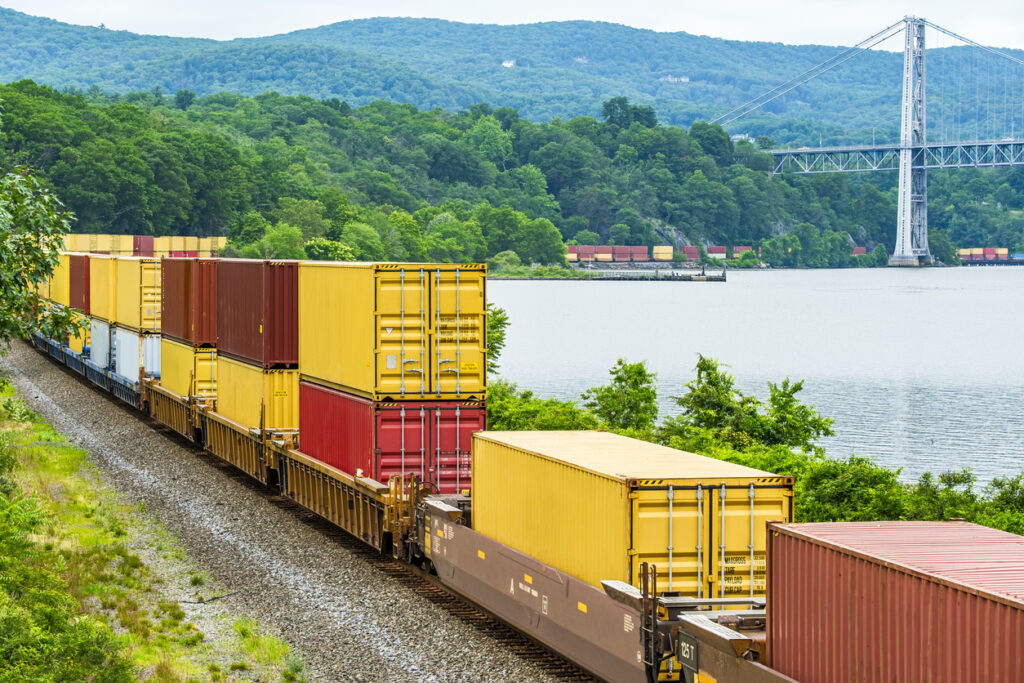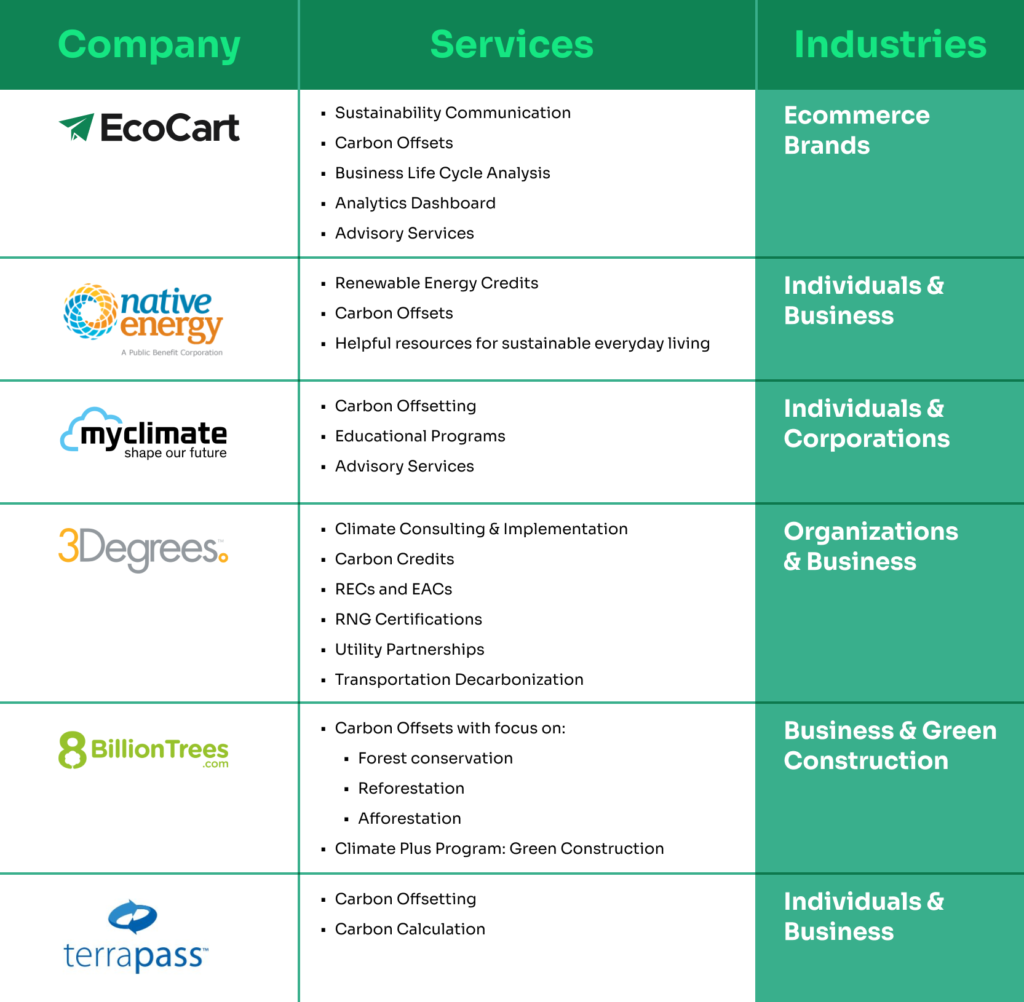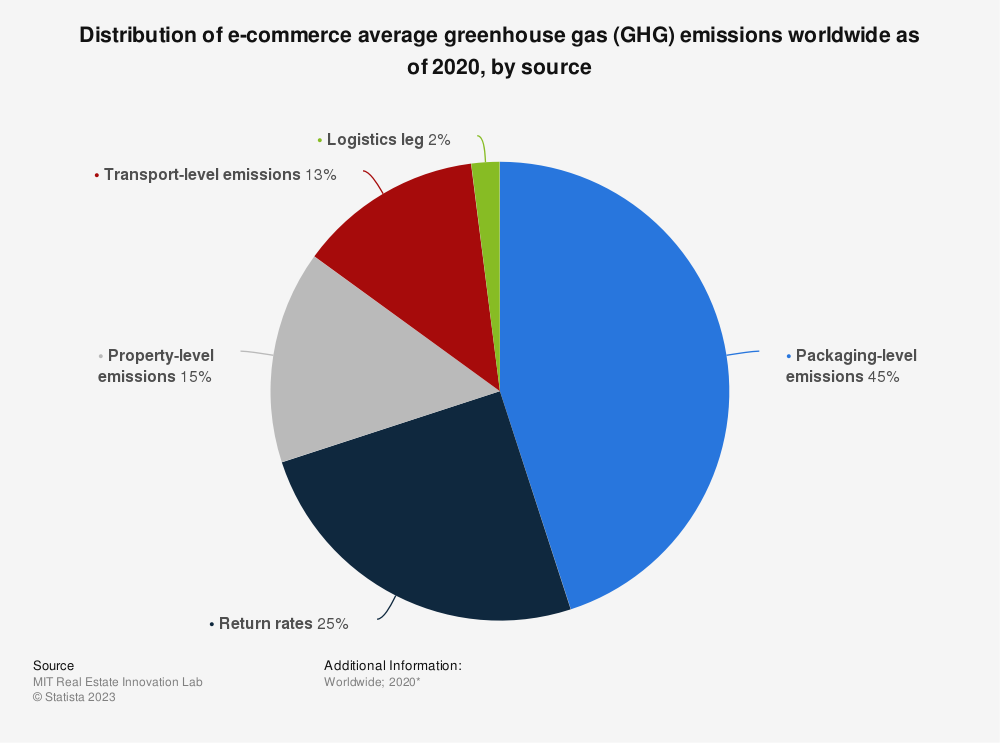Transport level emissions alone account for 13% of all ecommerce greenhouse gas (GHG) emissions. Establishing sustainable shipping practices in your business can have a powerful impact on reducing your carbon footprint.
We’ll cover everything you need to know in order to establish a sustainable shipping initiative for your business.
What Is Sustainable Shipping?
Sustainable shipping is the application of environmental sustainability practices in the shipping industry. Within ecommerce, this primarily encompasses shipping and transport associated with deliveries, but comprehensive sustainable business practices should also consider the environmental footprint of end-to-end shipments.
The environmental footprint of global shipping and transport industries covers more than carbon emissions. It must take into account
- the durability of shipping containers,
- the materials of global merchant fleets,
- fossil fuel consumption,
- the effect on the marine environment and other ecosystems,
- packaging (responsible for 45% of ecommerce emissions), and more.
Why Does Sustainable Shipping Matter?
It’s not just consumers that want to shop with sustainable businesses; 86% of people want to work for sustainable brands, too. Since shipping and transportation carry significant environmental footprints, especially when it comes to greenhouse gas emissions, sustainable shipping practices are a good place for businesses to start.
In the United States in 2021, the transportation sector accounted for 38% of the carbon emissions related to energy, totaling 1.7 billion metric tons.
While it is less impactful than air freight, maritime shipping also carries a major impact, as 80% of global goods are transported via sea. Although maritime transport only accounts for around 2 – 3% of global carbon dioxide emissions, it carries other major areas of impact.
These include:
- oil and chemical spills,
- pollution from lost shipping containers,
- collisions with sea life,
- noise pollution,
- damage to marine life,
- and social considerations (disrupting the livelihoods of coastal communities).
Committing to sustainable transport practices can have a huge impact on the environment and help the global community reach its carbon emissions targets.
6 Sustainable Shipping Best Practices
If you’re serious about reducing emissions and minimizing your company’s environmental footprint, then investing in sustainable transportation is a major step.
Here are some sustainable shipment best practices that you can either implement internally or ensure that your suppliers are adhering to.
1. Use eco-friendly packaging materials
Packaging alone accounts for 45% of ecommerce emissions. Opting for recycled and recyclable packaging materials and minimizing your packaging as much as possible will help reduce waste, limit plastic sourcing, and diminish the weight of your packages, which all result in a lower carbon footprint.

TOMS packaging, for example, uses 80% recycled waste material and is printed with eco-friendly soy ink. Most consumers (75%) are willing to pay more for sustainable packaging, anyway.
Here are some ways that you can prioritize eco-friendly packaging:
- Opt for materials like cornstarch or mushroom-based packaging.
- Encourage customers to return packaging for reuse.
- Minimize packaging size to fit products snugly.
- Incorporate post-consumer materials in packaging.
- Limit dyes and laminates for easier recycling.
- Offer clear recycling instructions on packaging.
- Collaborate with sustainable packaging suppliers.
2. Opt for ground shipping
Ground shipping typically decreases shipping distance, as it’s limited to locations that can be accessed over land. It also minimizes air shipping, which carries a significant carbon footprint. While ground shipping takes longer, it is also the more affordable option.

Here are some tips for utilizing ground shipping:
- Source products closer to your distribution center.
- Allow more time for deliveries to accommodate ground transport.
- Highlight the environmental benefits of choosing ground shipping at checkout.
- Consolidate orders to reduce the frequency of shipments.
- Partner with carriers that specialize in ground transport.
- Provide discounts or loyalty points for choosing ground shipping.
- Restrict or price air shipping options higher to encourage ground choices.
3. Use pop-up warehouses
Decrease shipping distances by using pop-up warehouses. These warehouses offer short-term contracts that allow you to set up where needed. You can then optimally strategize your warehouse locations based on current demands.
Here are some things to consider when selecting warehouses:
- Identify high-demand regions for your products.
- Opt for flexible contracts to adapt to changing demands.
- Use modular setups to expand or contract based on inventory needs.
- Ensure your inventory management system syncs with pop-up locations.
- Collaborate with local logistics providers for efficient distribution.
- Utilize pop-ups during peak seasons or sales events.
- Adjust warehouse locations based on delivery time feedback.
4. Consolidate orders
Shipping products one-by-one will greatly increase your carbon footprint associated with transport. By consolidating orders as much as possible, you reduce individual shipments, therefore reducing your environmental impact.
Here are a few tips for consolidating orders:
- Ship orders in groups on specific days of the week.
- Optimize storage to easily group multiple items for a single order.
- Wait to ship until all items in an order are available.
- Offer incentives for customers willing to receive items together, even if one is delayed.
- Use software to monitor stock and consolidate items that frequently sell together.
5. Minimize returns
Within ecommerce, return rates (associated with transportation) and transport-level emissions are the second and fourth highest areas of impact at 25% and 13% of annual emissions respectively. Together, they make up 38% of ecommerce’s carbon footprint. As one of the greatest areas of impact, it deserves attention.
Minimize returns by adequately advertising your product online, providing detailed product specs, and foregoing flash sales that encourage impulse buys. Make use of packaging that can be used twice so that, when you do receive a return, the customer can reuse the same packaging that it came in.
6. Invest in carbon offsets
Use carbon offsets when you can’t eliminate your carbon footprint. EcoCart offers carbon-neutral shipping options which fund verified offsetting projects all over the world. Read more about carbon offsetting for businesses.

Enable Sustainable Shipping With EcoCart
Sustainable shipping is complicated, but doing the right thing doesn’t have to be. We offer a solution to sustainable transportation that engages your customers in your sustainability journey while making a real impact.
Here’s what we offer:
- Carbon neutral shipping for each order, the funds for which go toward a carbon offsetting project of your choice.
- A sustainability dashboard that lets you track your carbon goals and visualize your impact.
- Resources to help you tell your sustainability story to your customers.
Not only will this help you reach your sustainability goals, but it will also boost your revenue too. Take Nuzest, a sustainable protein powder brand, for instance.

Nuzest integrated EcoCart into its online store, leading to a 22% increase in cart conversion. Since the integration in mid-2020, 15% of all Nuzest orders are shipped carbon neutral, offsetting over 250,120 pounds of carbon emissions. This move has attracted customers to shop directly from Nuzest’s site over alternatives like Amazon due to the carbon offset option.

Tribe Kelley also saw a 19% boost in conversions after installing EcoCart even though only 1 in 10 of their customers actually opted to make their orders carbon neutral at checkout. The brand’s commitment to sustainability, combined with the EcoCart option, resonated positively with their customer base, reinforcing the value of sustainable choices in ecommerce.
Eco Friendly Shipping Innovations And Solutions
As an ecommerce company, your role in sustainable transport will be your support of shipping innovations and your investment in green shipping options. Just like your sustainability efforts allow consumers to make eco-friendly choices, these sustainable shipping solutions allow your business to truly make an impact.
Here are some sustainable shipping solutions to get on board with:
- Reeferpulse: This technology uses AI to detect refrigerator container issues, minimizing food and product waste by identifying fixable issues as they arise. Learn more here.
- Rotor Sails: These reduce fossil fuel consumption by using auxiliary wind propulsion. Learn more here.
- Shore-to-Ship Power: This tech allows for docked ships to reduce their carbon footprint by plugging into electric power on shore rather than using diesel fuel. Learn more here.
- Smart Container: These transform logistics by using AI to live-monitor shipments, providing end-to-end traceability. Learn more here.
By being aware of these sustainable shipping solutions, you can proactively seek shipping companies and suppliers using them.
FAQs About Sustainable Shipping
Still have questions about sustainable deliveries? Here are answers to the biggest ones:
What is the most sustainable shipping method?
When fulfilling orders, ground shipping is the most sustainable way to receive a package. In terms of overseas freight, maritime shipping carries a smaller footprint than air shipping.
What is meant by green logistics?
Green logistics is the attempt to measure and minimize your company’s environmental impact surrounding logistics activities, such as delivery, returns, storage, and similar.
Is it bad for the environment to return merchandise?
Merchandise returns will contribute to your environmental impact as it requires extra transport and logistics.
Conclusion
Sustainable shipments are an essential consideration for any green-minded ecommerce business. Want to learn how to minimize your shipping footprint? Reach out to our team for a demo today.




